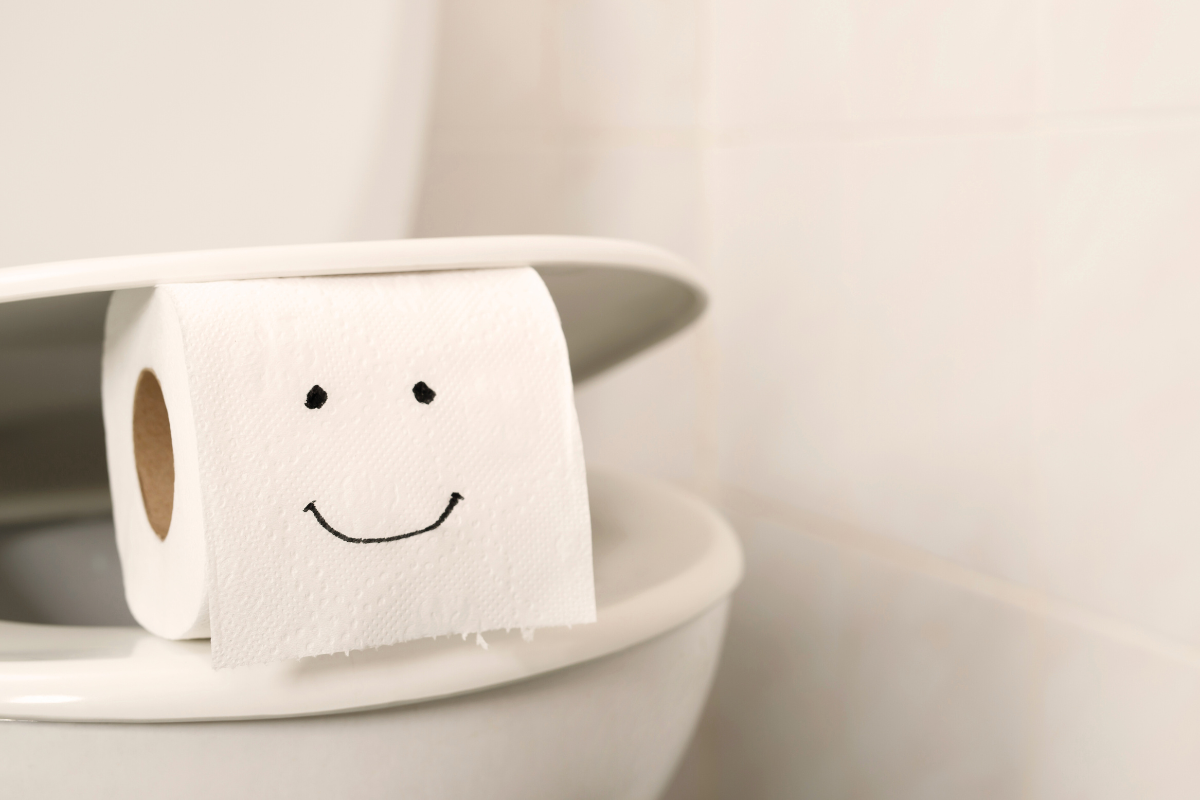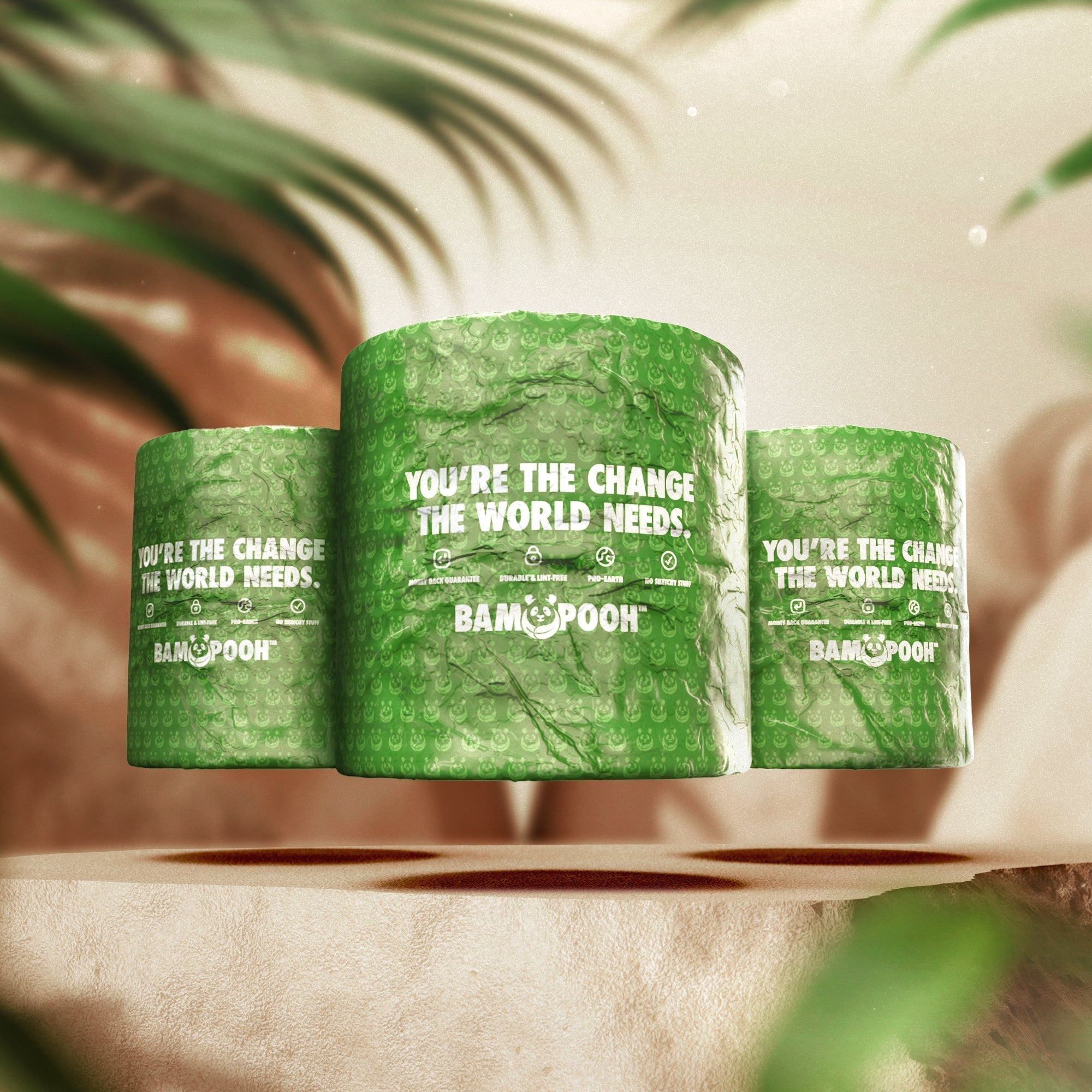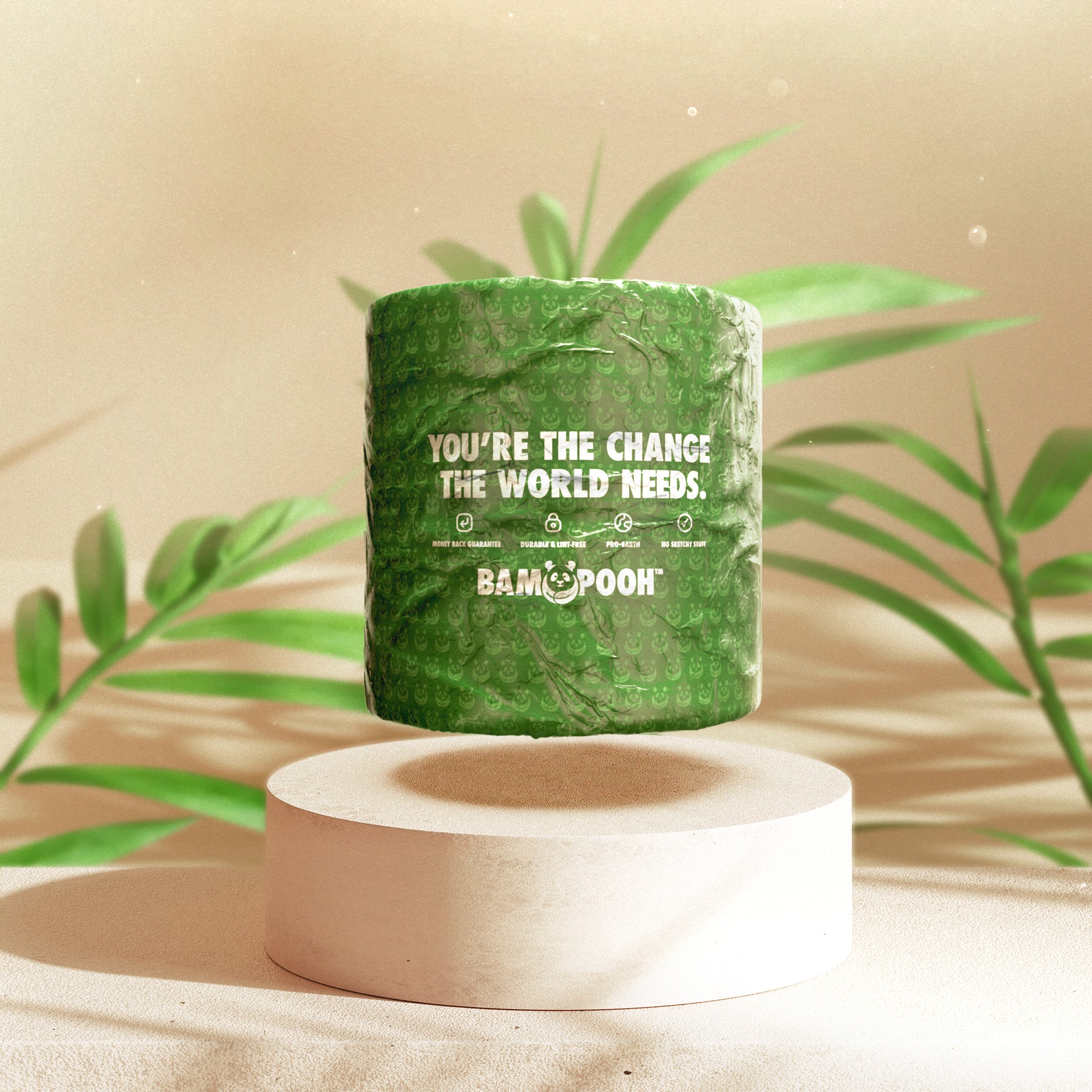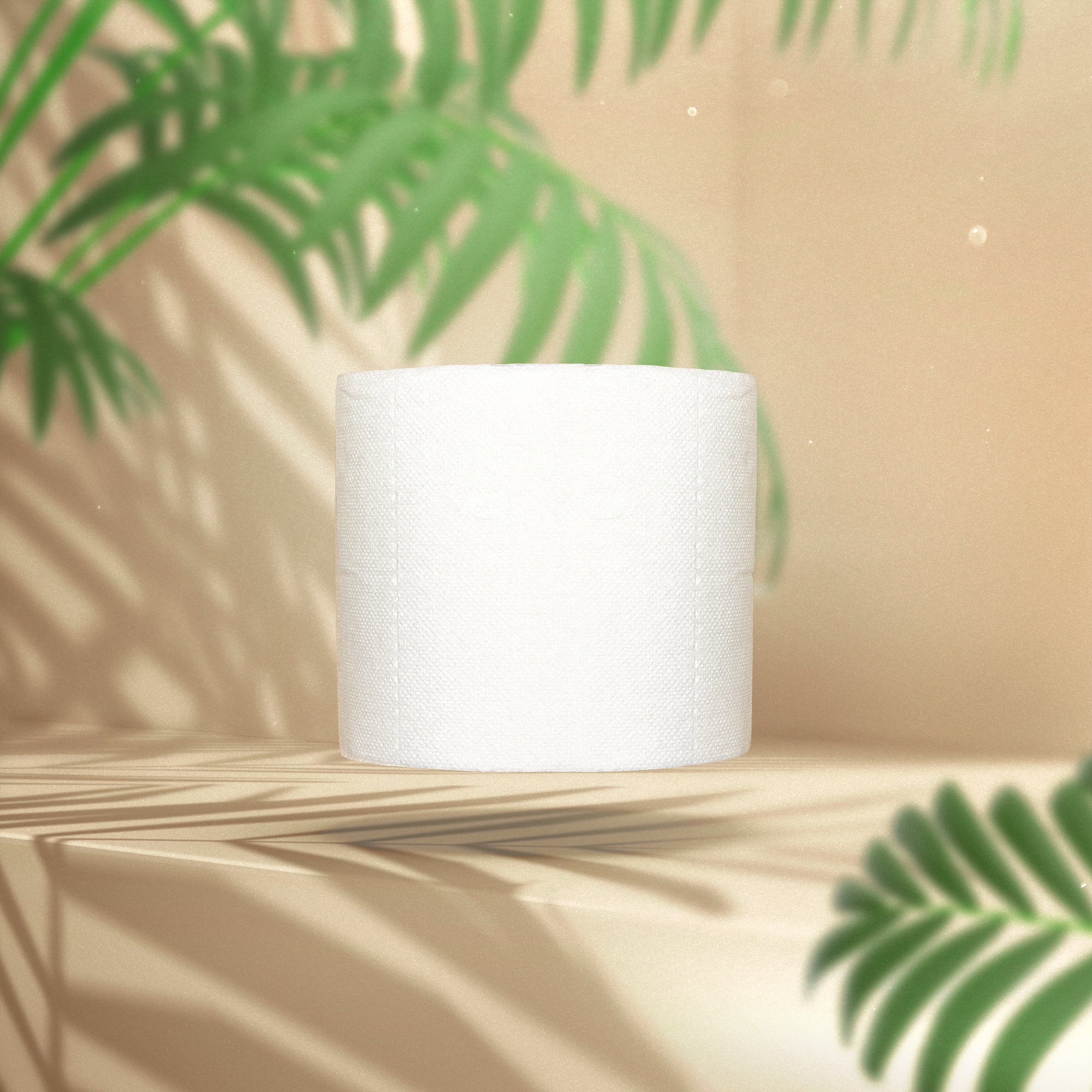In recent years, there's been a noticeable shift in consumer behavior, with more and more people looking for eco-friendly alternatives to everyday products. Bamboo toilet paper is one of these products, earning a reputation as a sustainable, high-quality alternative to traditional toilet paper. This review will delve into the features of bamboo toilet paper, helping you make an informed decision for your household and the environment.
Absorbency of Bamboo Toilet Paper
One of the key features of bamboo toilet paper is its superior absorbency. The unique properties of bamboo fibers allow them to absorb more moisture than wood fibers. This high absorbency means you'll likely use less bamboo toilet paper compared to traditional paper for the same task. Using less paper not only results in cost savings over time but also reduces the overall environmental impact.
Softness of Bamboo Toilet Paper
Despite its eco-friendly credentials, bamboo toilet paper does not compromise on comfort. In fact, many users find it even softer than traditional paper. Bamboo fibers can be processed to create a product that is gentle, smooth, and soft to the touch. This softness can be a significant advantage for individuals with sensitive skin, as it can help reduce irritation and discomfort.
Lint-Free Nature of Bamboo Toilet Paper
Another essential feature of bamboo toilet paper is its lint-free nature. With traditional toilet paper, small bits of paper (lint) can often be left behind after use. This is not only inconvenient but can also cause minor discomfort or irritation. Bamboo toilet paper, on the other hand, is designed to minimize lint, ensuring a clean, comfortable experience every time. It's a small detail that makes a significant difference, contributing to the overall superior user experience that bamboo toilet paper offers.
Eco-Friendliness of Bamboo Toilet Paper
The environmental impact of bamboo toilet paper is significantly less compared to traditional toilet paper. Traditional paper is made from trees, which take decades to grow back once harvested. On the other hand, bamboo is a type of grass that can grow back in as little as three to five years.
Moreover, the process of turning bamboo into toilet paper is less energy-intensive and requires fewer chemicals than the process used to make traditional toilet paper. These factors all contribute to the reduced environmental footprint of bamboo toilet paper, making it a great choice for environmentally conscious consumers.
Sustainability of Bamboo Toilet Paper
In terms of sustainability, bamboo toilet paper truly stands out. Bamboo is one of the fastest-growing plants on earth, making it a highly renewable resource. It requires little water to grow and doesn’t need pesticides or fertilizers. This rapid growth and minimal resource requirement mean that bamboo can be harvested sustainably, ensuring a consistent supply without damaging the environment.
Choosing bamboo toilet paper means choosing a product that not only meets your personal needs but also contributes positively to the global goal of sustainable living. It's a small, simple change that can have a big impact.
Conclusion
In this review, we’ve covered the key aspects that make bamboo toilet paper a superior alternative to traditional toilet paper. From its higher absorbency and soft touch to its lint-free nature and impressive eco-friendly and sustainability credentials, bamboo toilet paper offers significant benefits.
At the end of the day, it comes down to personal preference and priorities. However, by choosing bamboo toilet paper, you are not only getting a high-quality product, but you are also making a decision that positively impacts the environment. It's a win-win situation, which is why more and more people are making the switch to bamboo toilet paper.









